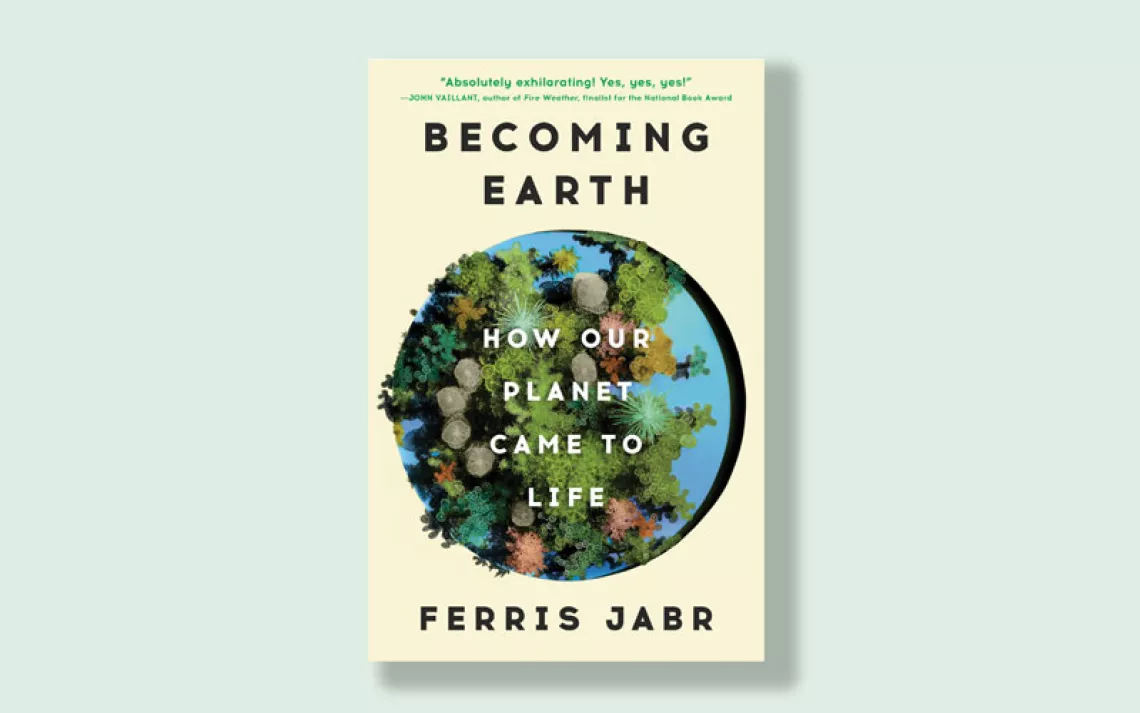4 Must-Read Books for Your Fall Reading List
In moving tales of struggle and loss, these stories highlight the power of transcendence
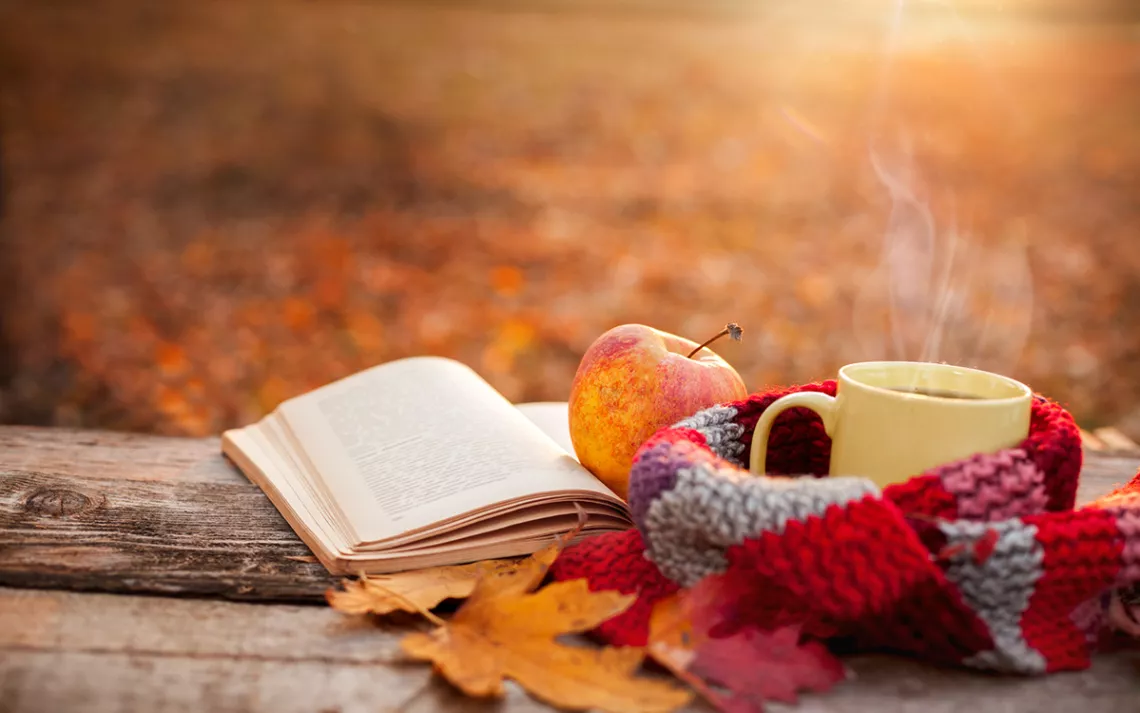
Photo by CherriesJD/iStock
Looking for a must-read book for yourself or for a friend or family member? These four titles—a memoir, a novel, and two travelogues—testify to the power of the stories we carry and illuminate the ways in which those stories define who we are, point to where we're going, or break new ground into unexpected territories.
*
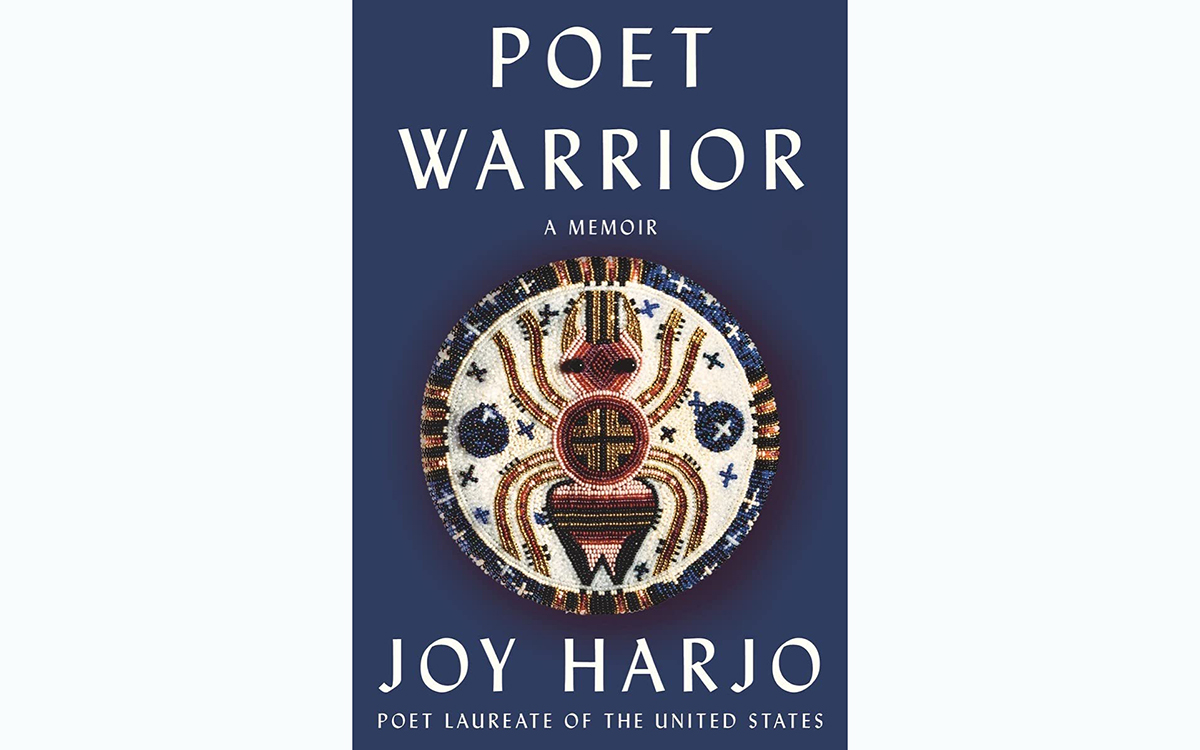
Poet Warrior: A Memoir
By Joy Harjo
W.W. Norton, 2021
After her mother died, Joy Harjo inherited an iron cooking pot—the only such family heirloom she wished to receive. For some, such an everyday object might take on no more significance than any other. In Poet Warrior: A Memoir, the cooking pot becomes a powerful totem that calls forward the rich history of the Native peoples east of Mississippi, “the one that was passed through generations of women” via the cooking pot that Harjo’s grandmother carried, then her mother, and now Harjo herself. “The pot is sitting by my feet while I am writing,” she tells us. “It was pressed with fury and fire. It was made of the same materials as weapons. It made soup and fed those who gathered around it to eat.…My mother planted flowers in it.”
“Some of the most important stories are not in words, not in poems or other forms of speaking, but in objects of use and beauty,” Harjo, a member of the Muscogee (Creek) Nation and the 2019 poet laureate of the United States, writes. “This cooking pot is one of the most potent stories I carry.”
In stories of war and survival, domestic violence and fragile motherhood, colonial oppression and Native sovereignty, Harjo mixes memoir with tribal history, poetry with ceremonial song in a richly told coming-of-age tale about exile and belonging, and the power of verse. Along the way, she traces her evolution as a poet through the lineage that inspired her to put pen to paper—choosing poetry at first as a lens through which to channel moments of beauty, or fragments of time and longing; and eventually, as a tool for justice.
Harjo grew up in Tulsa, Oklahoma, often spending days hiding within earshot as her mother, Wynema, gabbed with a girlfriend in the kitchen, fascinated by “the ebb and flow of women-talk.” Wynema was Harjo’s first teacher—she introduced poetry to her daughter through recitations of William Blake. Her father was also a first teacher of a kind—he was Harjo’s introduction to domestic violence, a pattern of abuse she would encounter in her stepfather as well and many men to follow. While their acts are monstrous—her father tells Wynema to "shut that baby up" or he would kill her when young Harjo cries with colic—she pulls back the lens to consider the intergenerational traumas that get passed on to these men from their fathers and their predecessors. “Here is a lullaby for that baby who was my father, whose mother died when he was still nursing, when he was left bereft and cried and cried, until his father shut him up.”
Much of the narrative tissue in Poet Warrior connects back to Wynema, a doting mother too often left alone to pick up the pieces from a life full of broken promises and abandoned dreams. “The house enabled my mother to unfold the chest of her dreams, which included being a singer, a songwriter, and a mother of four children. A few years into the dream, everything was broken, no matter her efforts to hold everything together with love songs.”
As Harjo went on to pursue her craft, teach, and have children of her own, these early encounters of abuse graduate to the broader realities of life as a Native woman in a country rife with patriarchy and racism. “I was the girl with the hair in her eyes, her head down as she focused on making her way through the labyrinth of gender and race while she raised children, got an education, created, and worked.” Through it all, her sustenance and her revelation was poetry. “I wanted to be an artist, free to create without the weight of societal expectation to doom me.” Simon Ortiz, an Acoma poet; Leslie Marmon Silko from Laguna Pueblo; Kofi Awoonor, a Ghanian poet of the Ewe people; and Okot p’Bitek of Uganda—along with Emily Dickinson, Walt Whitman, Audre Lorde, N. Scott Momaday, Meridel Le Suer, Adrienne Rich, and many others—were just some of the writers Harjo discovered throughout her journey as a writer, who adrenalized Harjo’s imagination and expanded her understanding of what poetry could be.
Layered throughout this beautifully rendered, often heart-wrenching memoir is a series of Harjo’s own poems that at times iterate her life story in verse and at others, call the reader forward into other realms, where memory can transcend into metaphor and break free into myth. In one poem, “A Map to the Next World,” she considers a life of exile and wandering, where “flowers of rage spring up in the depression” and “monsters are born there of nuclear anger.” But here, in this rich reality of light and dark, the way is not lost. The power of cartography is in her hands, and she calls on us to share it: “In the last days of the fourth world, I wished to make a map for those who could climb through the hole in the sky.… Fresh courage glimmers from planets/And lights the map printed with the blood of history, a map you will have to know by your intention, by the language of suns.… You must make your own map.”
—Jonathan Hahn
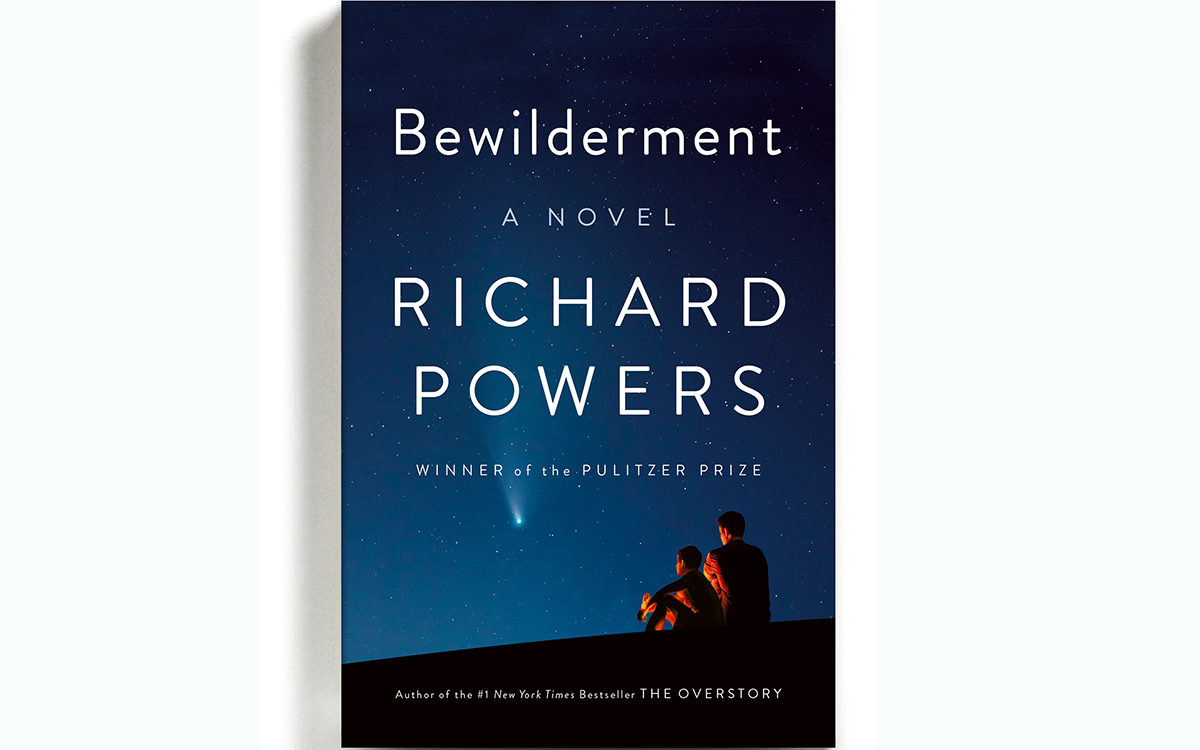
Bewilderment
By Richard Powers
W.W. Norton, 2021
There’s a lot going on in Richard Powers’s latest novel Bewilderment—a polemical work of dystopian science fiction that explores the most extreme manifestations of climate grief. But it is much tighter and more focused than his sprawling, capacious, and Pulitzer-winning The Overstory. Both stories hinge on the devastating toll of environmental catastrophe.
Bewilderment’s protagonist, Theo, is an astrobiologist seeking signs of life beyond Earth. The novel opens in the Smoky Mountains, where Theo's exploring rivers and trails and countless life forms with his son—a precocious, autistic, and grief-ravaged nine-year-old named Robin. They’re seeking catharsis at the campsite where Theo honeymooned with his late wife, Robin’s mother Alyssa, an animal rights activist who perished in a car crash. The trip is meant to clear the air after yet another outburst landed Robin in trouble at school.
In the Smokies, the typically reactive Robin becomes happy, almost adjusted, but he and Theo eventually have to return to a world that's increasingly inhospitable—especially if you’re a neurodivergent third-grader who’s ultra-sensitive to the plight of all living things. The novel is set in a near-future wherein “the president” (clearly Trump) has become even more authoritarian. Climate disasters (no longer considered “freak”) regularly thwart travel, democracy has crumbled, scientific research is now among lawmakers’ chief targets, and a mere 2 percent of life on Earth exists not in human or factory-farmed form. It’s the world we live in, cranked up to 11.
Robin becomes obsessed with watching YouTube clips of Inger Alder (an allegorical Greta Thunberg), who considers her autism her special asset—“my microscope, telescope, and laser put together”—and spends all his time painting pictures of endangered animals. He essentially drops out of third grade and stands outside the state legislature with a sign reading "Help Me I'm Dying." He cannot—and refuses—to wrap his mind around how or why so many people are inured to whatever doesn’t immediately affect them, i.e., the many manifestations of our fast-accelerating natural collapse.
The novel treats Robin’s myopic extremism as eminently sage, raising questions—for this reader, anyway—of whether or not we should, to some degree at least, be working to compartmentalize our climate grief during this “very sad time to be alive,” as Robin puts it. Theo eventually signs up his son to become a gerbil in an AI experiment called Decoded Neurofeedback, an unsettling neurological hack that enables subjects to leach onto the mental and emotional wavelengths found in the minds of happier and better-adjusted people. The fictive technology is haunting in how fiercely it speaks to the hunger for mental relief increasingly found in modern humans, pandemic- and climate-grief-ravaged as so many of us are.
Because Robin’s mother was an early Decoded Neurofeedback test subject, her son is able, creepily, to access her mental landscape. Over time, Robin’s emotional intelligence—thanks to his dead mother’s uncanny ability to maintain hope that humankind will one day prioritize ecology over economy—skyrockets. More than a well-adjusted child, Robin becomes something of a mini Buddha—an effective activist, empathic superhuman, and, much to his father’s chagrin and regret, an internet meme.
But in “going viral,” Robin attracts the anti-intellectual fervor of government regulators and the Decoded Neurofeedback team gets shut down. Like any miracle cure, this one was too good to be true—begging the question of how someone like Robin can possibly go on living in this world.
The original meaning of bewilderment was to head back into the wild—and in many ways, that’s what this gorgeous and imaginative, if at times bewilderingly tragic, book does. In the face of the cumulative effects of so many human-made mistakes, Powers makes a case for the magic still to be found in closely examining the natural world.
–Katie O’Reilly

Swamplands: Tundra Beavers, Quaking Bogs, and the Improbable World of Peat
By Edward Struzik
Island Press, 2021
In the book Swamplands, which is part science, part history, part travelogue, nature writer Edward Struzik describes peatlands as “difficult to assimilate.” “They are ambiguous, elusive, dangerous, sublime,” Struzik continues, “and—as a Red River settler once said— ‘deceitful.’” What looks like solid ground might just be a floating mat of lush vegetation, changing with the tides and the weather.
Most of us grew up in divided landscapes: Land was land, and water was water. Swamplands is a leisurely journey through worlds that are neither, full of details both luxurious (a clear, cold stream running through recently singed Arctic peatlands that carries the smoky flavor of Scotch) and disgusting (a swamp where flies and mosquitoes are so abundant that they “blacken a pot of chili cooking over a campfire or stove in seconds”).
The past few hundred years have not been kind to swamps, peatlands, fens, bogs, and other moist landscapes. The Great Dismal Swamp and the Everglades are shadows of their former selves. The boreal peatlands that bordered the free Black community of Seneca Village were logged, drained, excavated, and reshaped into Central Park. The massive peatlands of Alberta, Canada, have been stripped away for tar sands mining. Swamp aficionados are few and far between, though they can be eloquent. In 1862, Henry David Thoreau wrote in The Atlantic that “hope and the future for me are not in lawns and cultivated fields, not in towns and cities, but in the impervious and quaking swamps.”
In recent years, the reputation of soggy places has been on the upswing worldwide, largely because of their increasingly critical ability to store carbon and work as firebreaks—that is, when they’re healthy and thriving. “A healthy wet peatland is a firefighter’s best friend,” an ecohydrologist named Mike Waddington tells Struzik. “A dry or degraded peatland is the enemy. Once the peat begins to burn, it is hard to put it out because it burns downward into the ground, where no amount of water bombing can put it out easily.”
Struzik writes that peatlands, which currently represent no more than 4 percent of the earth’s terrestrial surface, store twice as much carbon as all of the world’s forests, as well as filter and store water at a time when declining snowpack makes that ability even more necessary. It’s details like these that make Swamplands that rare treasure—nature writing that isn’t pure elegy. If we play our cards right, the future is boggy.
—Heather Smith
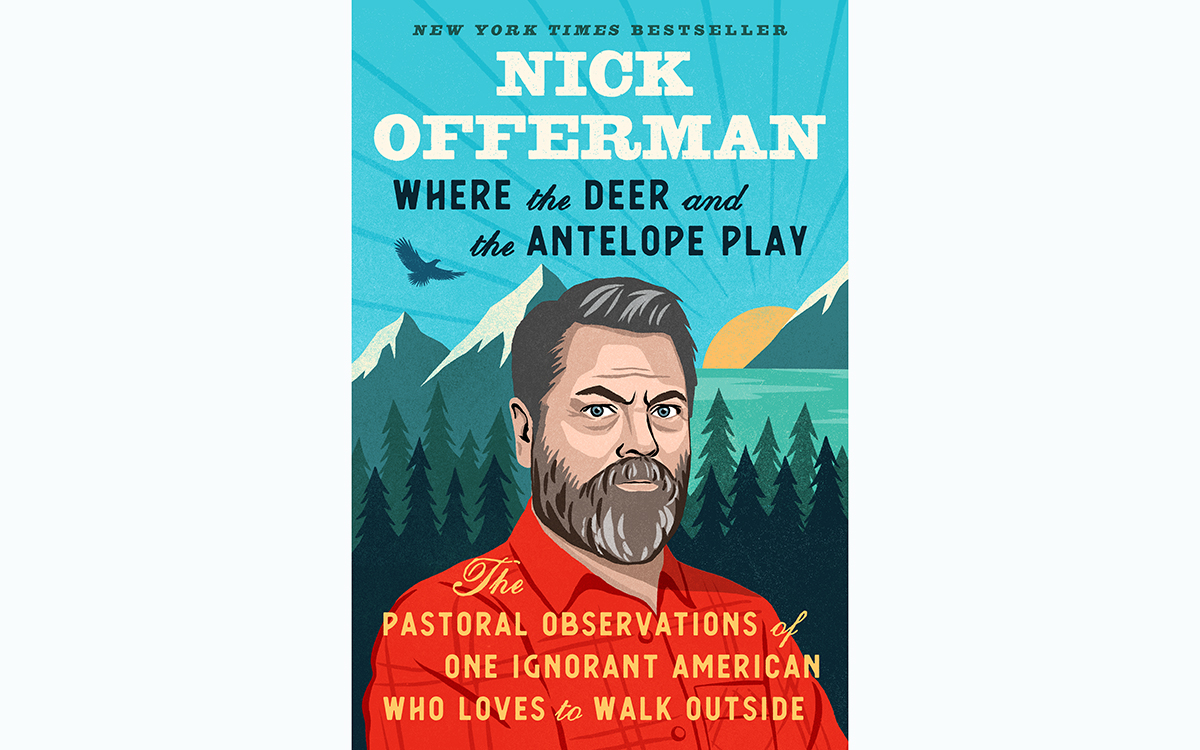
Where the Deer and the Antelope Play: The Pastoral Observations of One Ignorant American Who Loves to Walk Outside
By Nick Offerman
Penguin, 2021
If you (or any humor enthusiasts on your holiday shopping list) have ever felt alienated by the lyricism and virtue found in traditional nature writing, I cannot recommend Nick Offerman’s Where the Deer and the Antelope Play: The Pastoral Observations of One Ignorant American Who Loves to Walk Outside highly enough. The meandering and very fun read is “a trip to the woods with Parks and Recreation’s Ron Swanson.”
Yes, Offerman writes in the voice of the ornery, woodwork-loving TV character that made him famous. And for the most part, it works—much of the humor is humble and self-deprecating. In the context of one chronicled adventure, for instance, Offerman acknowledges that it’s hypocritical to deliver environmental messages while driving across the Southwest in an Airstream, occasionally stopping for steak. The overarching message, to this reader at least, is that you don’t need to be perfectly virtuous to care about the natural world and fight for climate change. It’s an inclusive approach that, hopefully, will draw new eco-lit fans from the spheres of comedy and TV fans.
Very few of the musings in this book will strike the highly eco-literate reader as profound or novel, but I don’t think that’s the point. Offerman regales readers with his adventures in Montana’s Glacier National Park with delightful companions including novelist George Saunders and musician Jeff Tweedy, digs into the irony of his own love for fancy gear, and meditates on traditional perceptions of public land use: “We three middle-aged white guys, ever aware of our privilege, had taken pretty full advantage of the recreation available in the glorious acreage that some other white guys had set aside for just that purpose.”
Offerman recounts the awful plight of the Indigenous people who originally inhabited the many American playgrounds he loves. He pontificates on the ravages of industrialism while admitting how much he enjoys many of its manifestations. His self-aware social criticism explores our relationship to the land and its inhabitants—often incorporating ideas expressed by marquee naturalists like John Muir and Aldo Leopold—as it relates to present social and cultural hot buttons like mask-wearing and xenophobic border policies.
It’s a book that, while exploring serious subject matter, doesn’t take itself too seriously and playfully roasts certain underbellies of adventure culture. While on a COVID-evading RV trip with his wife, fellow actor Megan Mullally, for instance, Offerman exposes the gate-keepy culture of campgrounds, the “laws of the jungle” ruling RV parks.
A sometimes name-droppy romp, Where the Dear and the Antelope Play offers an entertaining glimpse into the life of a touring comedian, saxophonist, professional woodworker, and Midwest farm boy turned Hollywood darling. It also makes you feel like you’re on an epic hike with a curious goof who’s got deep thoughts on greed, Wendell Berry, beer, and how the ways we treat one another have a lot to do with how we collectively treat nature.
–Katie O’Reilly
 The Magazine of The Sierra Club
The Magazine of The Sierra Club



